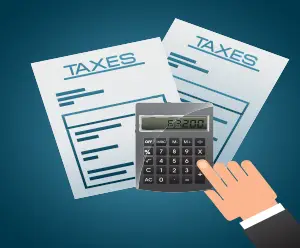
Understanding the IRS Substitute for Return
Click to ask Mike Ask Mike The Internal Revenue Service (IRS) Substitute for Return (SFR) is a term many taxpayers
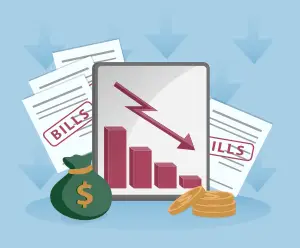
Filing for bankruptcy is a significant financial decision that can have wide-ranging implications. One crucial aspect of bankruptcy is the automatic stay, a legal provision that halts most collection actions by creditors. For individuals facing IRS tax debt, understanding how the automatic stay affects their situation is vital. In this article, we will explore the relationship between bankruptcy, the automatic stay, and the implications for IRS tax debt.
Bankruptcy and the Automatic Stay
When an individual files for bankruptcy, an automatic stay goes into effect immediately. The automatic stay is a powerful legal injunction that prevents creditors, including the IRS, from taking any collection actions against the debtor. This stay provides the debtor with a breathing space and protection from the constant pressure of debt collection efforts.
In Chapter 7 bankruptcy, also known as liquidation bankruptcy, the automatic stay applies to most types of debts, providing relief for the debtor. However, it’s important to note that the automatic stay may have limitations when it comes to certain types of actions by the IRS related to tax debt.
While the automatic stay can temporarily halt actions such as wage garnishments and property seizures, it may not prevent all IRS actions. The IRS has the authority to initiate or continue audits, issue tax deficiency notices, and assess taxes during the automatic stay. Additionally, certain tax debts may not be dischargeable in Chapter 7 bankruptcy, and the debtor may still be responsible for them after the bankruptcy process concludes.
In Chapter 13 bankruptcy, the automatic stay is a fundamental aspect of the debtor’s repayment plan. The automatic stay prevents the IRS from pursuing collection activities during the repayment period, providing the debtor with a structured environment to address tax debts.
Under Chapter 13, the debtor proposes a repayment plan to the court, outlining how debts, including IRS tax debt, will be repaid over three to five years. The automatic stay ensures that the IRS cannot take aggressive collection actions while the debtor is adhering to the approved plan.
While the automatic stay provides immediate relief, its duration may vary depending on the individual’s bankruptcy history. For first-time bankruptcy filers, the automatic stay typically lasts for the entire duration of the bankruptcy process. However, for individuals who have filed for bankruptcy multiple times within a short period, the automatic stay may be subject to limitations.
It’s crucial to understand that certain actions by the IRS may be exempt from the automatic stay. For instance, the IRS can still pursue criminal investigations, issue tax deficiency notices, and demand tax returns during the automatic stay. Additionally, the IRS may request the court to lift the automatic stay for specific collection actions if there is a compelling reason.
While the automatic stay provides immediate relief, individuals should carefully consider their overall financial situation and explore alternatives to bankruptcy. Engaging with the IRS to negotiate an offer in compromise, setting up an installment agreement, or seeking currently not collectible status are potential alternatives that could address tax debts without the need for bankruptcy.
In conclusion, understanding the relationship between bankruptcy, the automatic stay, and IRS tax debt is crucial for individuals navigating financial challenges. While the automatic stay provides immediate relief from most creditor actions, including the IRS, it’s essential to be aware of its limitations and the potential long-term implications of different bankruptcy chapters.
You can now ask our AI assistant any questions you have about your tax debt or any tax-related issues. Whether you’re unsure about payment plans, need clarification on penalties, or want information on how to resolve your tax situation. Our AI is ready to assist you with all your tax-related concerns.
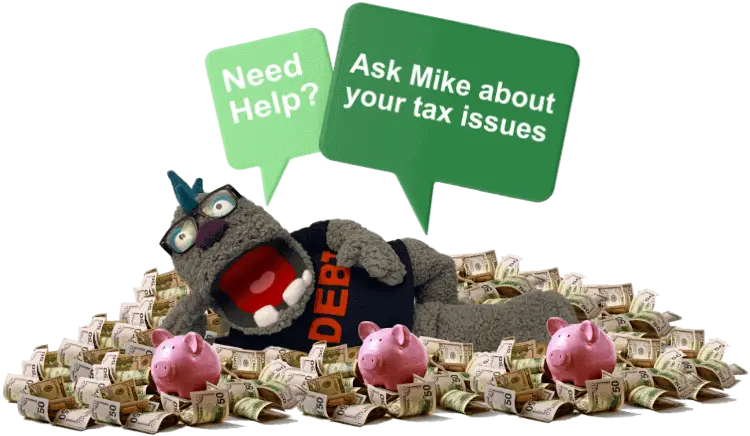
By interacting with our AI assistance, you agree to our terms & conditions. Enjoy our AI Tax Assistant responsibly.
Ask me any questions...
Related Posts

Click to ask Mike Ask Mike The Internal Revenue Service (IRS) Substitute for Return (SFR) is a term many taxpayers
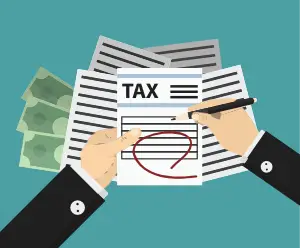
Click to ask Mike Ask Mike The Internal Revenue Service (IRS) Substitute for Return (SFR) is a term many taxpayers

Click to ask Mike Ask Mike The Internal Revenue Service typically operates within a 10-year window, commencing from the
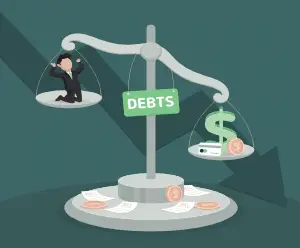
Click to ask Mike Ask Mike The Internal Revenue Service (IRS) operates within specific timeframes dictated by statutes of limitations
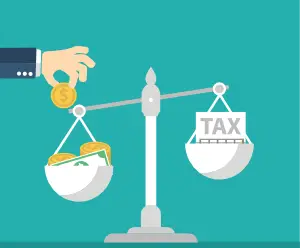
Click to ask Mike Ask Mike understanding the ins and outs of the 10-year statute of limitations (SOL) is essential.
Recent Posts

Click to ask Mike Ask Mike The Internal Revenue Service (IRS) Substitute for Return (SFR) is a term many taxpayers

Click to ask Mike Ask Mike The Internal Revenue Service (IRS) Substitute for Return (SFR) is a term many taxpayers

Click to ask Mike Ask Mike The Internal Revenue Service typically operates within a 10-year window, commencing from the

Click to ask Mike Ask Mike The Internal Revenue Service (IRS) operates within specific timeframes dictated by statutes of limitations

Click to ask Mike Ask Mike understanding the ins and outs of the 10-year statute of limitations (SOL) is essential.
Disclaimer: This is educational content, not legal, accounting, or tax advice.
This is a tax debt resource website, not to be used in lieu of a tax attorney or for legal advice. All information, Ai chat responses, articles, materials, and content are intended to inform users on a variety of tax topics. In no way is it intended to be construed as accounting, legal, tax, other services or advice. This site is not intended to be used to avoid tax penalties or tax debt that may be imposed by law. Terms and Conditions. Your use of this site constitutes acceptance of the following terms and conditions.
This is a tax debt resource website, not to be used in lieu of a tax attorney or for legal advice. All information, Ai chat responses, articles, materials, and content are intended to inform users on a variety of tax topics. In no way is it intended to be construed as accounting, legal, tax, other services or advice. This site is not intended to be used to avoid tax penalties or tax debt that may be imposed by law. Terms and Conditions. Your use of this site constitutes acceptance of the following terms and conditions.
© 2023 · Tax Debt Monster, Inc. All rights reserved

For all Tax Professionals that would like to partner up with us. By partnering with us, you’ll help us connect and make a positive impact in the tax community. Partner up with us and receive a complimentary Ai Tax Sidekick to help support your clients at no cost! Click here if you’re interested in our Partner-Up program

By interacting with our AI assistance, you agree to our terms & conditions. Enjoy our AI Tax Assistant responsibly.
How may I help you with your tax issue?